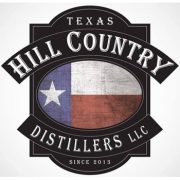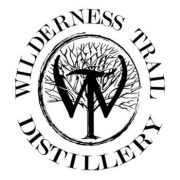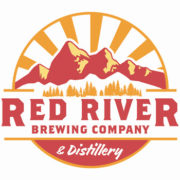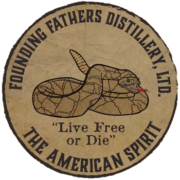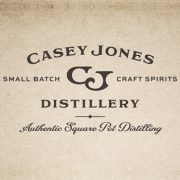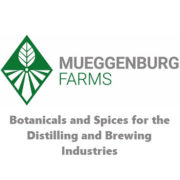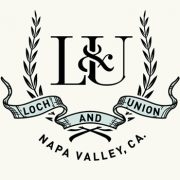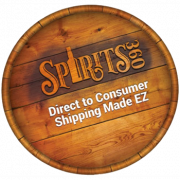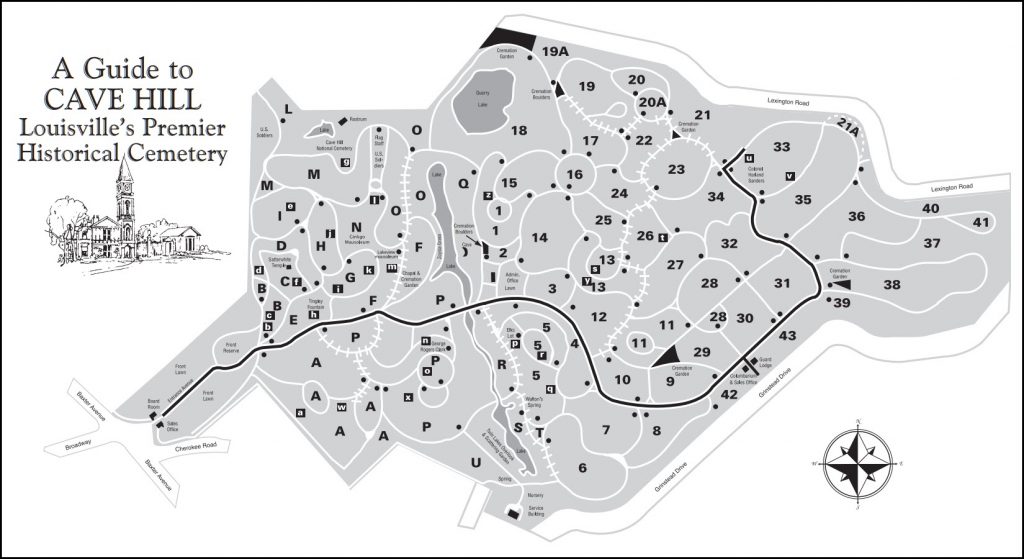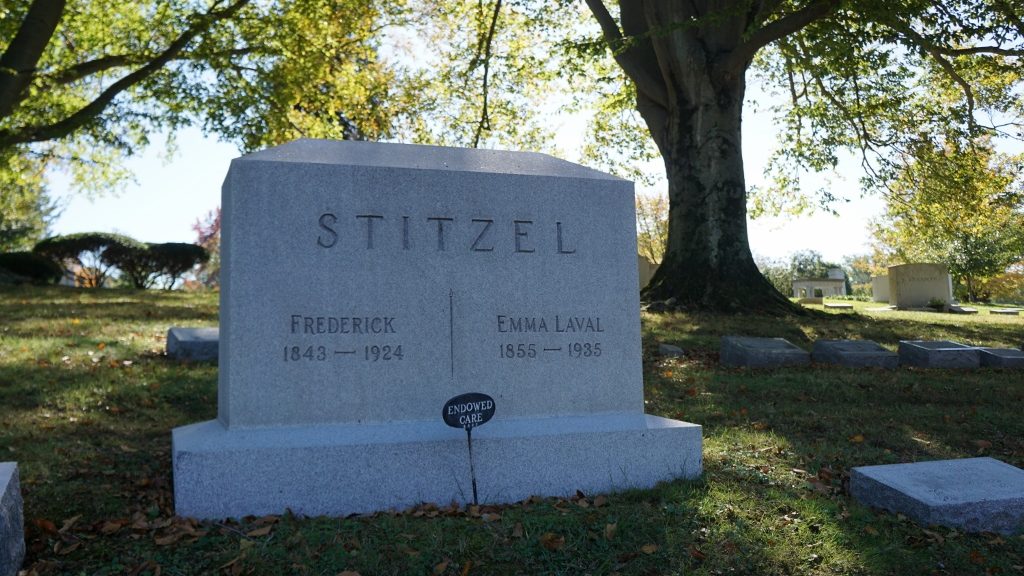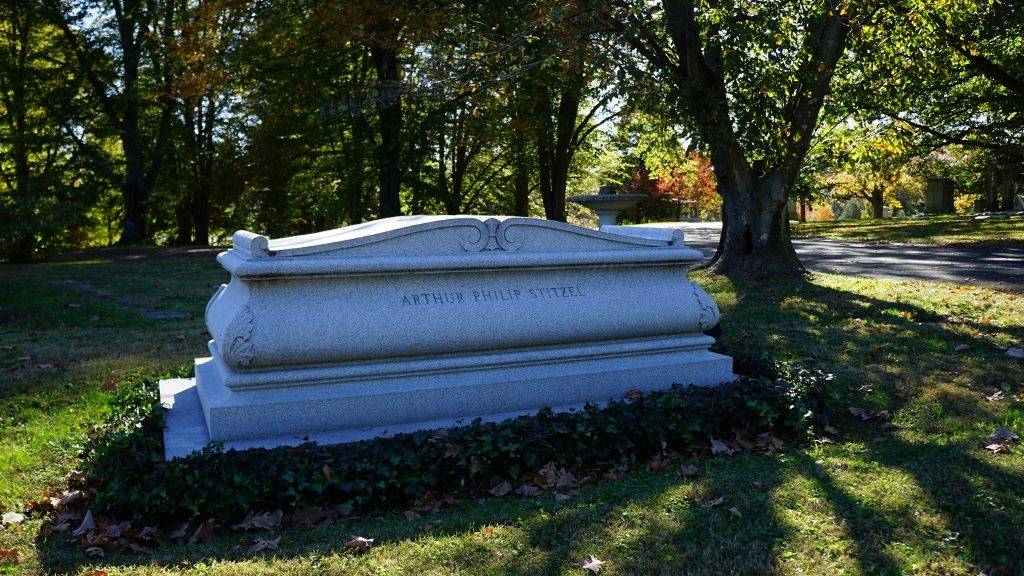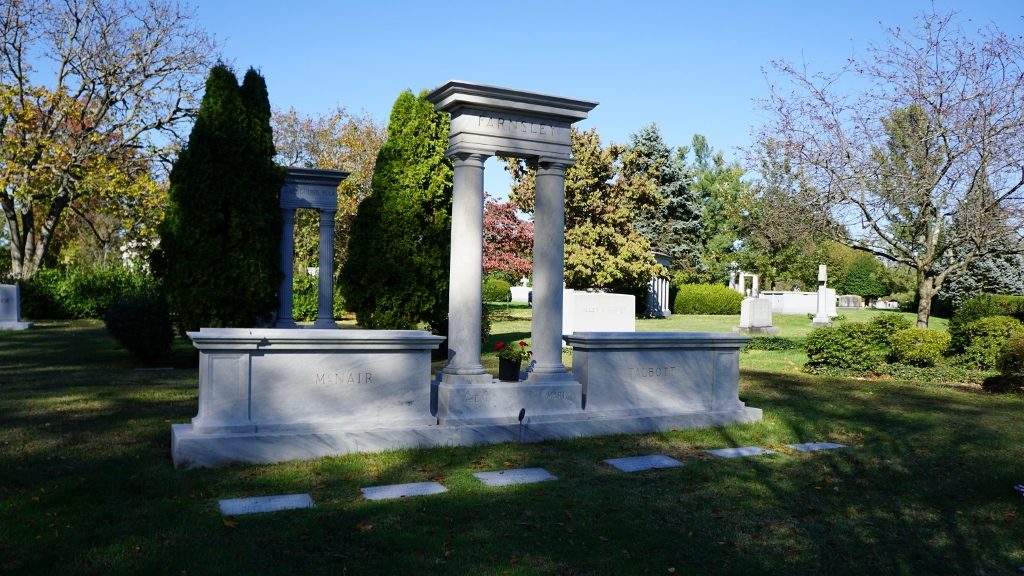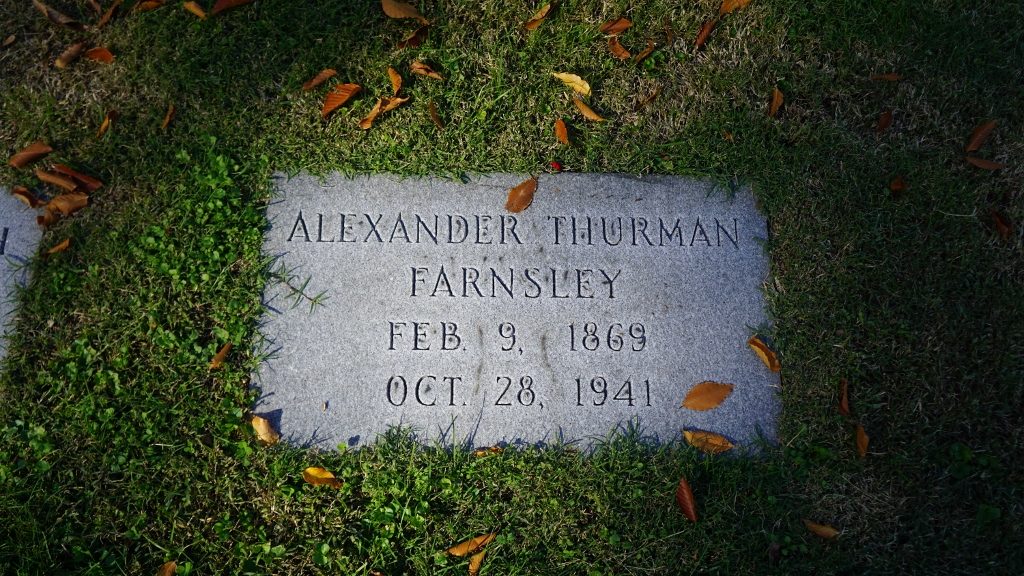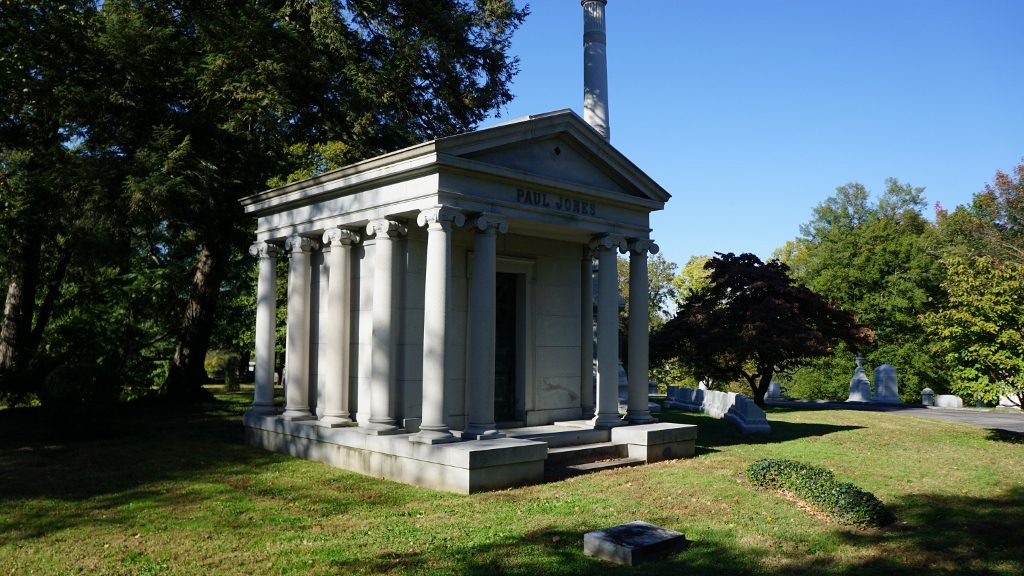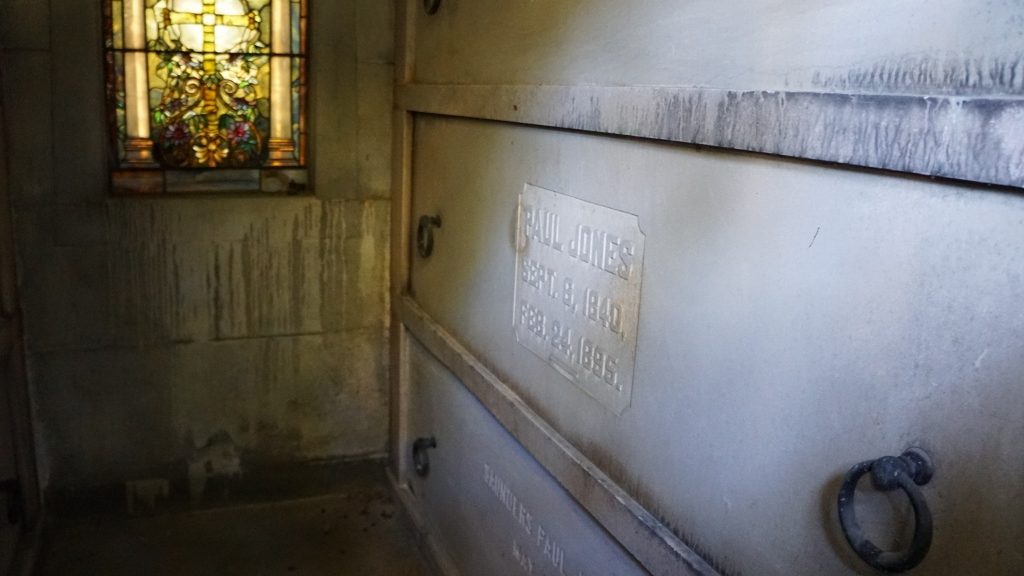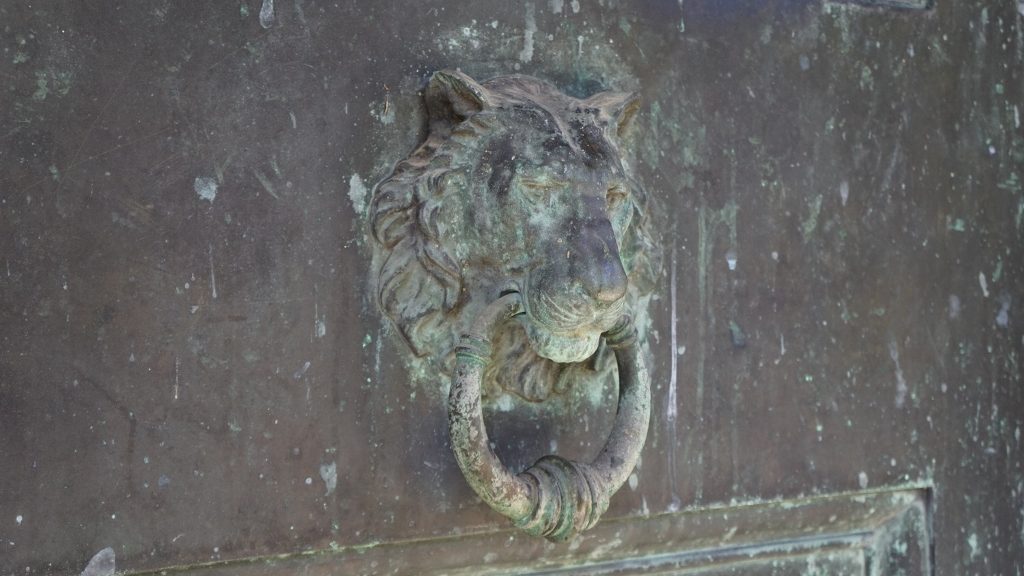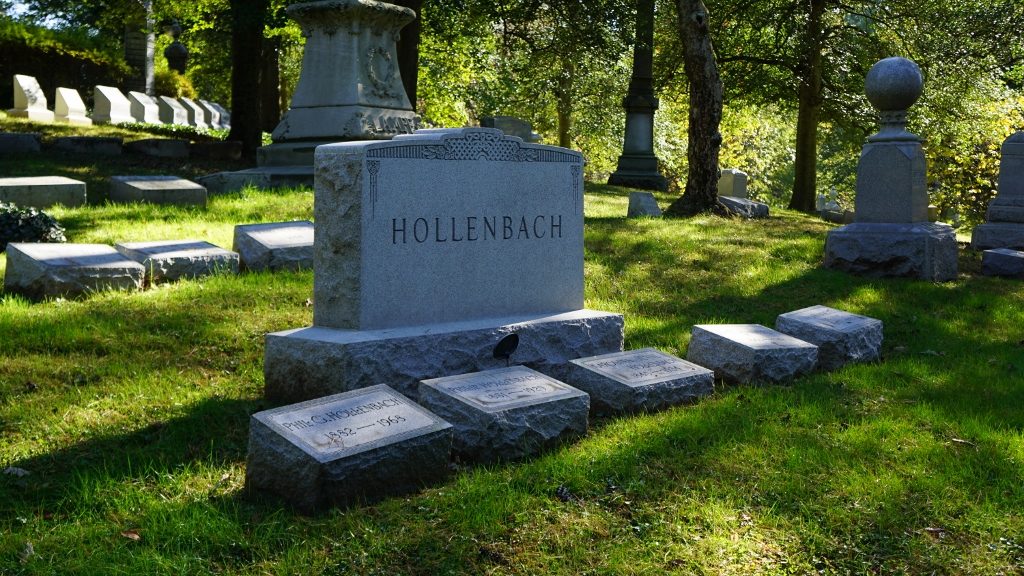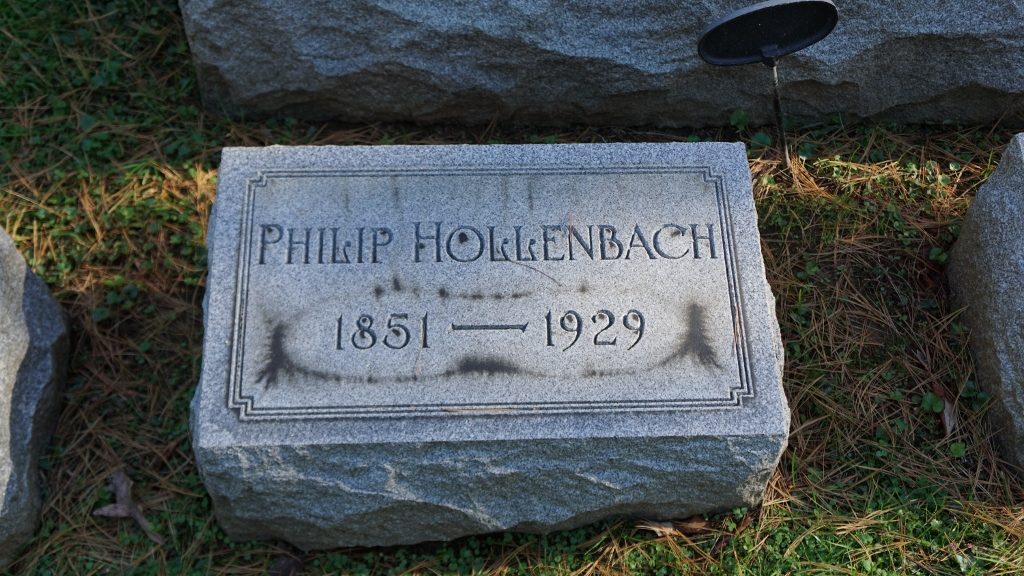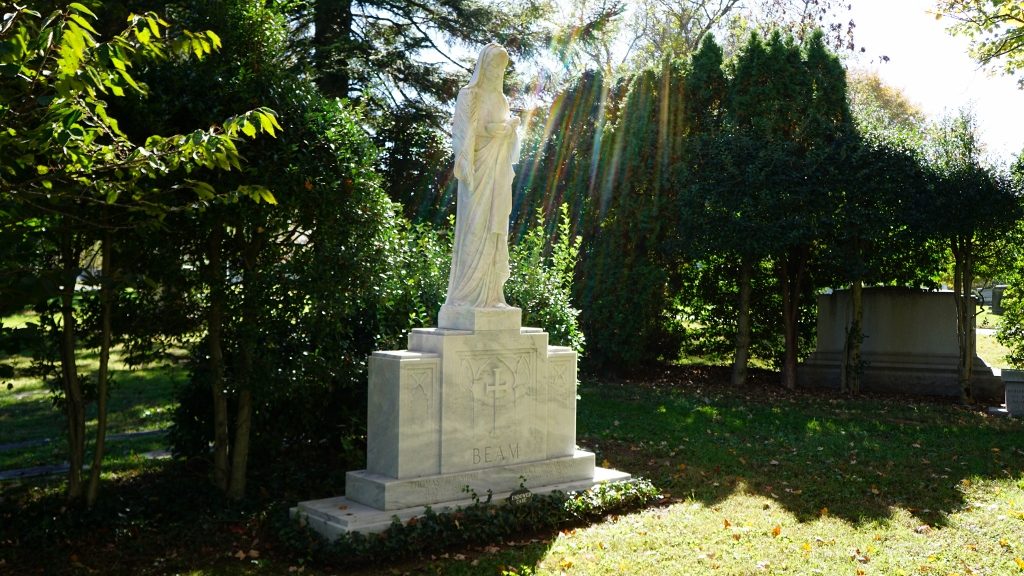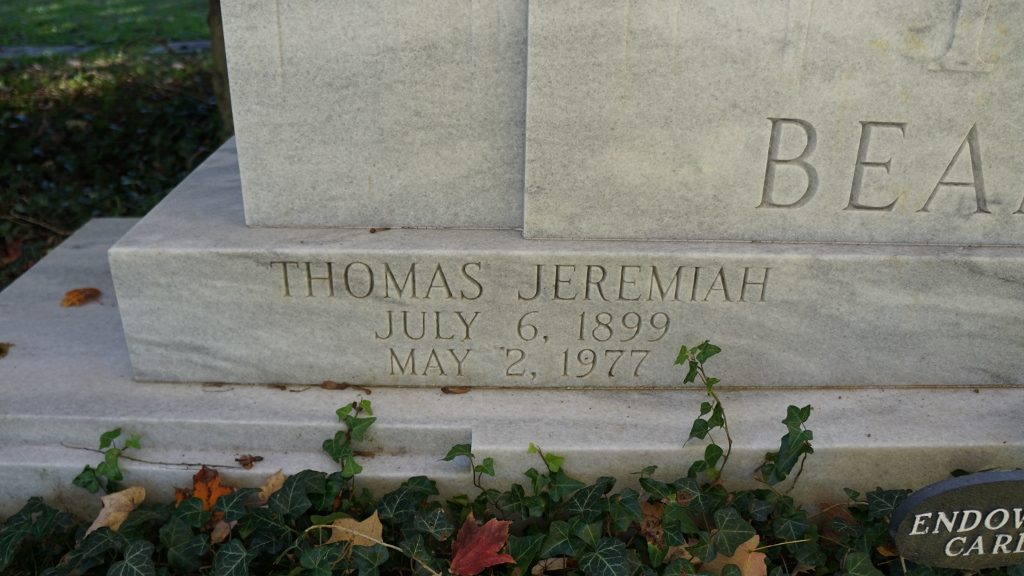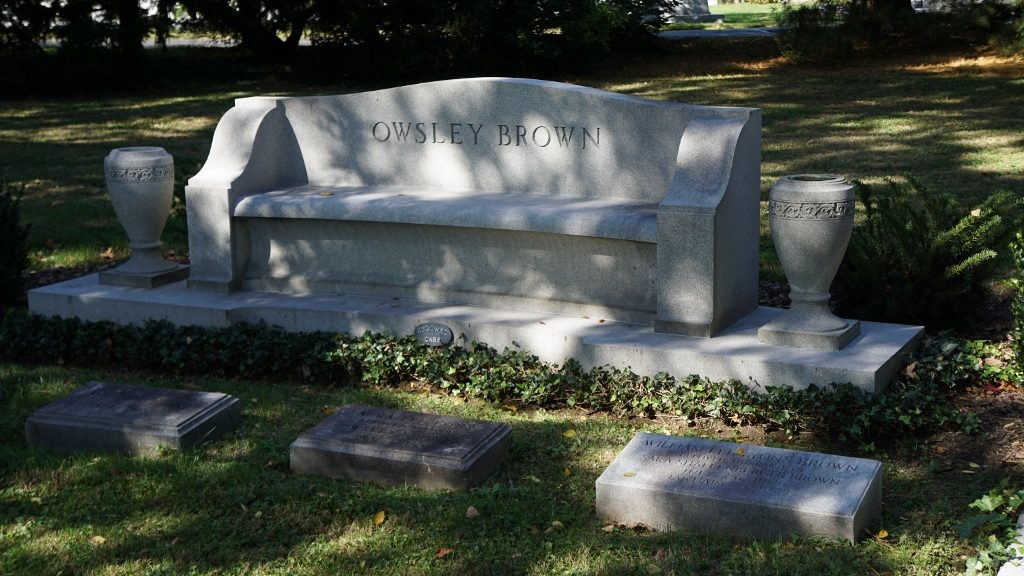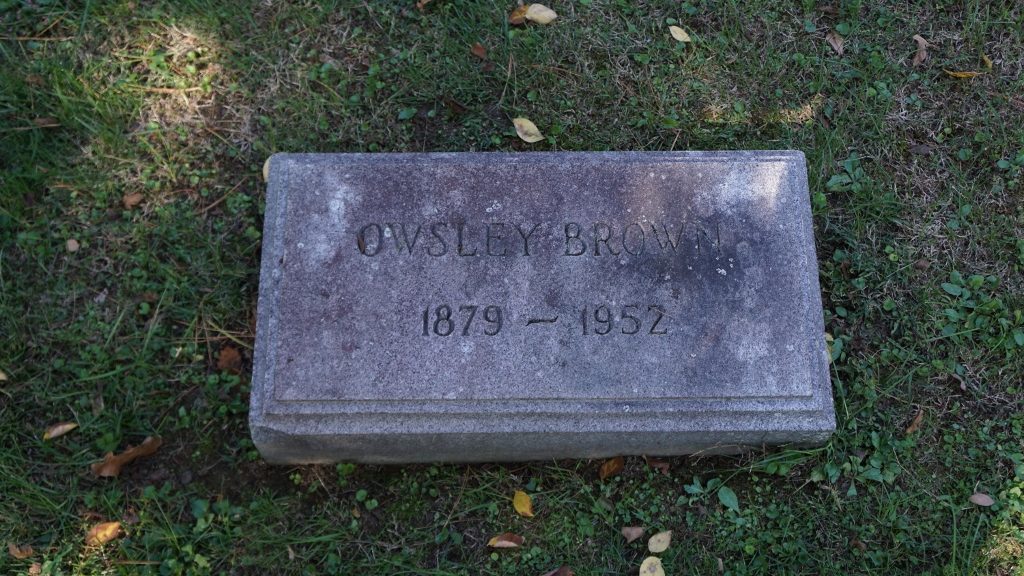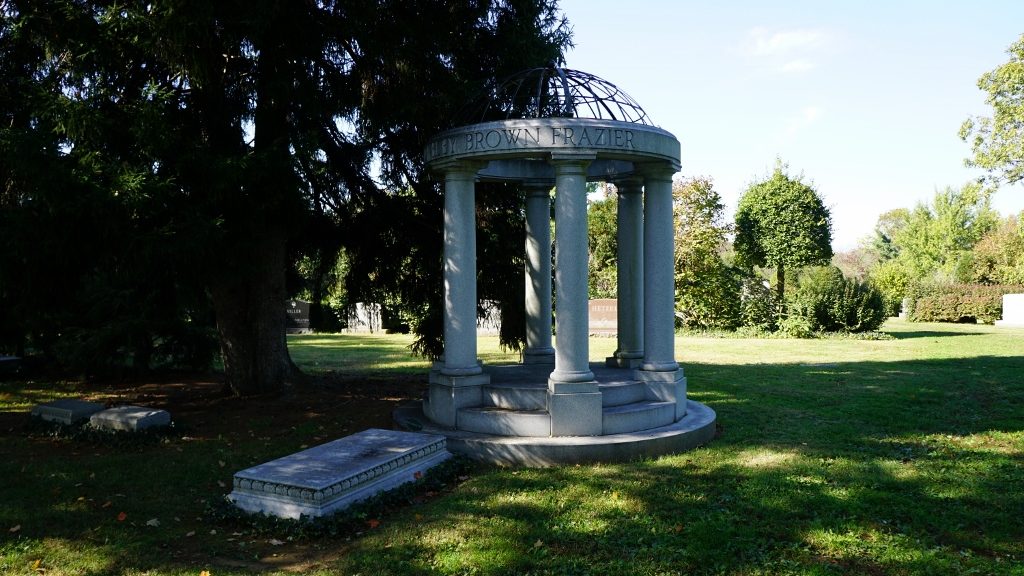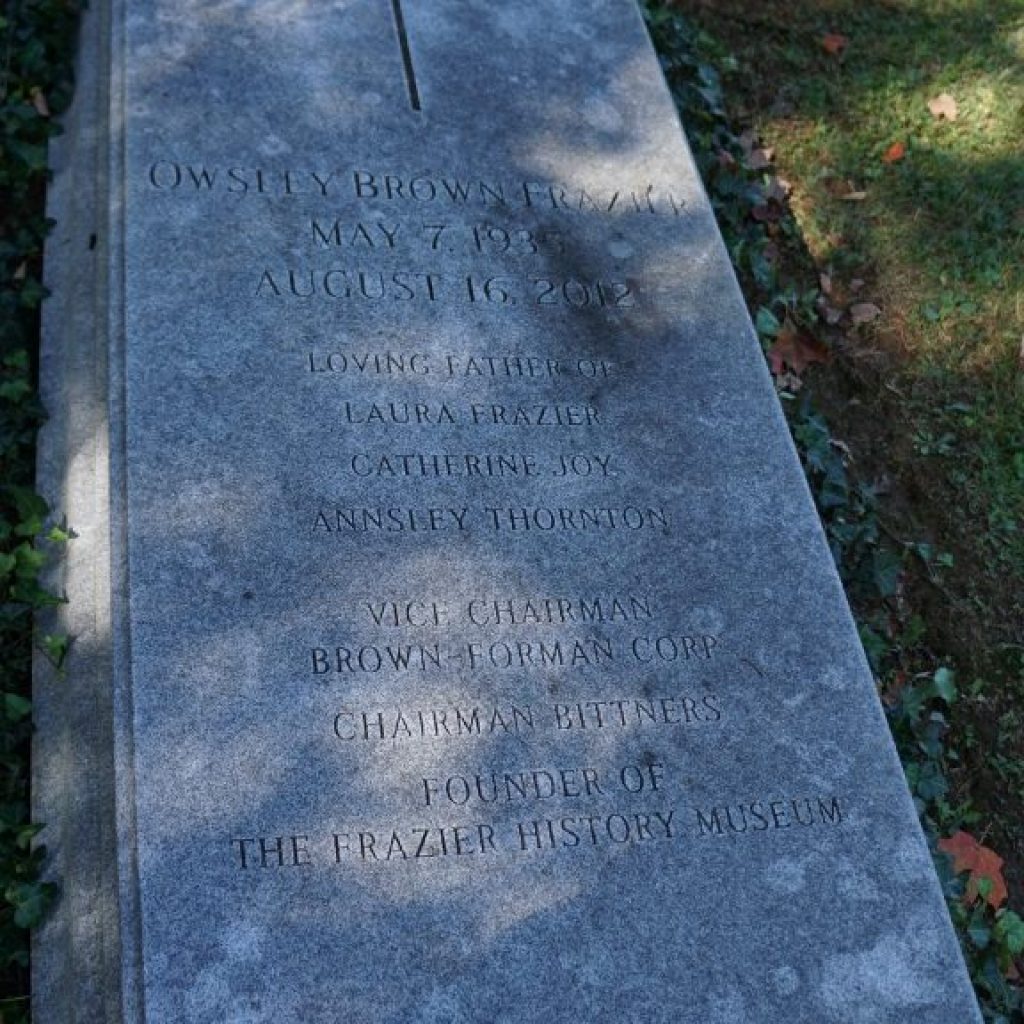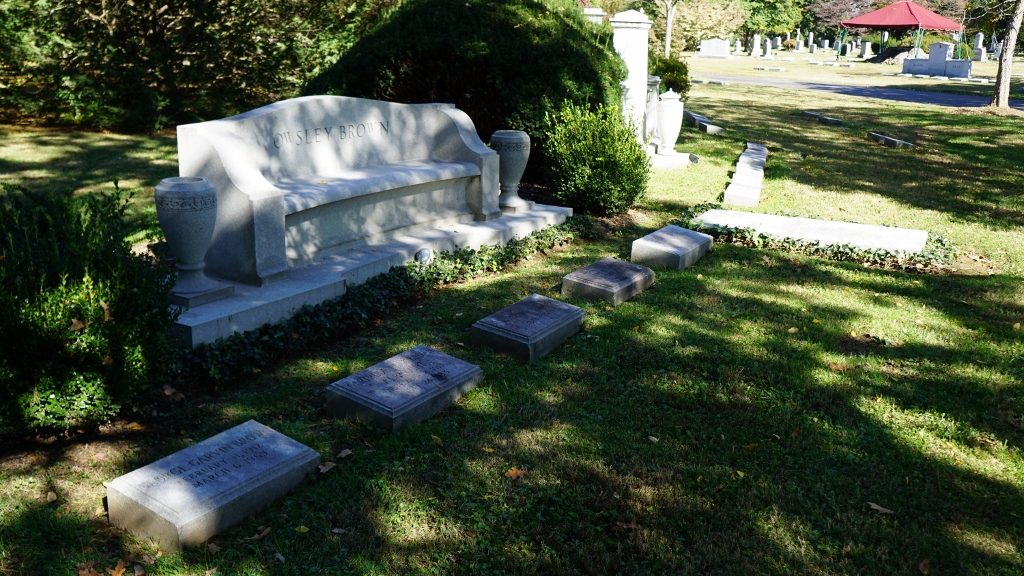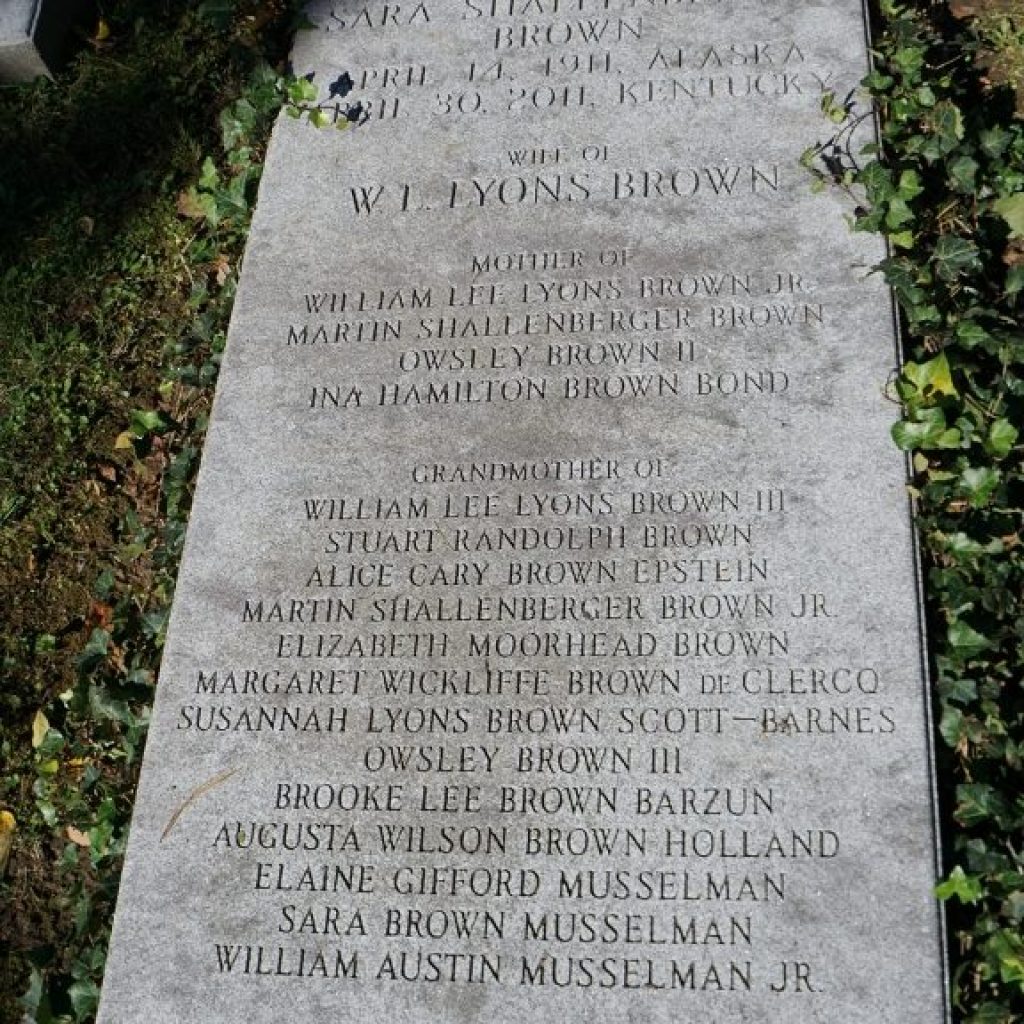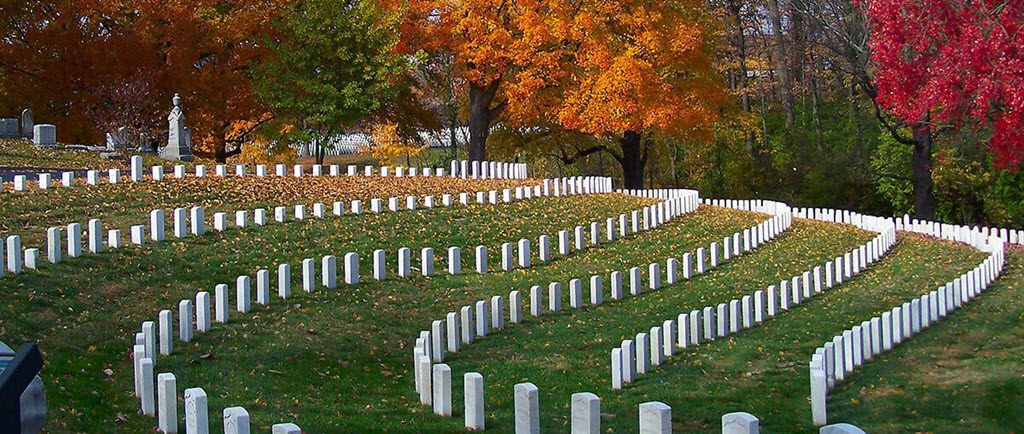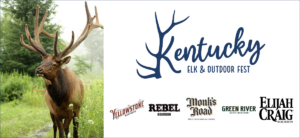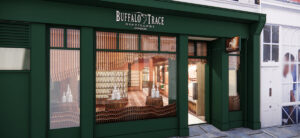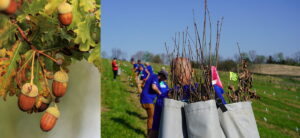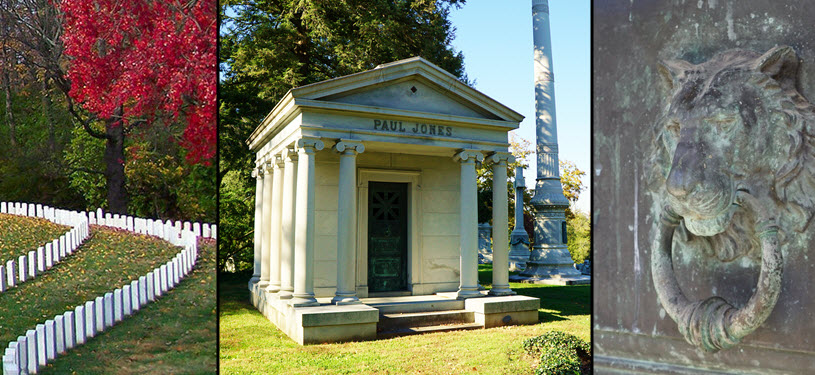
This latest Tale from the Trail is an excursion to the “City of the Dead,” the final resting place for many distillers, rectifiers, and resellers. We are exploring a number of people that have influenced the distilled spirits world that are buried at Cave Hill Cemetery.
This is no average cemetery. This is the final resting place for nearly 200,000 people and operates like a small city. This final resting place is more of a living museum than a cemetery. If you have an opportunity to visit, do it, you will not be disappointed. You can read more about the history of Cave Hill Cemetery in Part 1 of our Dead Distillers story here.
Like many business “startup” stories you’ll find that many of these people are connected starting as a sales rep or distiller for one company, then jumping over to another before striking out on their own. If you think of Silicon Valley as the tech headquarters of the world today, you can think of Kentucky as the Distilled Spirits headquarters of the world in the 19th century. Unlike any other business in history there was a great disruption in distilling in the U.S. with a failed experiment in government control called Prohibition. All but six distillers were forced to stop distilling for 13 long dark years.
Cave Hill Cemetery Map
- Cave Hill Cemetery map. (Click to enlarge.)
Stay Informed: Sign up here for the Distillery Trail free email newsletter and be the first to get all the latest news, trends, job listings and events in your inbox
Historic Distilled Spirits People at Cave Hill Cemetery
We put together a brief bio on each person, a photo of their marker be it a simple headstone in the ground or a stunning mausoleum rising into the sky, a link to the section map and the GPS coordinates of each site. Honestly, with some of these sites the only way I was able to find them was with GPS. The relatively small flat grey stones are not easy to find.
You can click any image below to enlarge.
Frederick Stitzel: Born 1843 – Died September 18, 1924
Section 11 Lot: 76- Grave: 1 | Google Map | Stitzel-Weller Distillery
“Be it known that I, Frederick Stitzel, of the city of Louisville, in the county of Jefferson and State of Kentucky, have invented a certain new and useful Improvement in Racks for Tiering Barrels containing whisky and other similar liquids; and I do hereby declare that the following is a full, clear, and exact description of the construction and operation of the same, reference being had to the accompanying drawings, forming part of this specification, and to the letters of reference marked thereon.” Read the full story here.
Frederick Stitzel’s 1879 Patent for Improvement in Racks for Tiering Barrels – Original Drawing
Arthur Phillip Stitzel: Born May 19, 1875 – Died April 13, 1947
Section 26 Lot: 113- Grave: 1 | Google Maps | Stitzel-Weller Distillery
The W. L. Weller & Sons and the A. Ph. Stitzel Distillery operated together during Prohibition selling spirits under a medicinal license. After the repeal of Prohibition the Stitzel-Weller Distillery was built by Julian Van Winkle Sr., Alex T. Farnsley and Arthur Phillip Stitzel. The Stitzel-Weller Distilling Company was opened on Kentucky Derby Day in 1935.
Alexander Thurman Farnsley: Born February 9, 1869 – Died October 28, 1941
Section 26 Lot: 99- Grave: 1 | Google Maps | Buffalo Trace Distillery
Julian P. Van Winkle and Alex T. Farnsley were both sales representatives for W.L. Weller. Weller passed away in 1899 and his sons continued to operate the business until they sold it to Van Winkle and Farnsley in 1909. They purchased whiskey on the open market and later contracted for large lots from distillers, among which were Stitzel Bros.
Paul Jones: Born September 6, 1840 – Died February 24, 1895
Section 5 Lot: 1-VAULT Grave: 7 | Google Maps | Four Roses Distillery
Paul Jones has the most elaborate monument of the distillers. His marker is easy to find because it’s a vault that rises some 15′ into the sky.
In 1884, Paul Jones Jr, moved his thriving business to Louisville, Kentucky, where he opened an office in a section of historic Main Street called, Whiskey Row.
Four years later, he trademarked the name Four Roses, claiming production and sales back to the 1860s. In 1922, the Paul Jones Company purchased the Frankfort Distilling Company.
In 1943, Seagram purchased the Frankfort Distilling Co. primarily to acquire the most noted and recognized name in the business at that time – Four Roses Kentucky Straight Bourbon. Even though Four Roses was the top selling Bourbon in the U.S. in the 30s, 40s and 50s, Seagram made the decision to discontinue the sale of Kentucky Straight Bourbon in the U.S. and Four Roses was moved to the rapidly growing European and Asian markets where it quickly became the top selling Bourbon and remains a top-selling Bourbon in both Europe and Japan today.
In 1966 Jim Rutledge, who would later become one of the world’s most legendary Master Distillers, joined Seagram in the Louisville Plant’s Research and Development Department. In 1975, he was transferred to corporate headquarters in New York until 1992, when he asked to return home to Kentucky to help with the Four Roses brand. In 1995, he replaced Ova Haney as the Master Distiller. For the next ten years, he worked tirelessly to return the Four Roses brand back to the States – a dream that would become a reality in hands of a new owner. In February 2002, the Kirin Brewery Company, Ltd. purchased the Four Roses brand trademark, and named the new acquisition Four Roses Distillery.
Phillip Hollenbach: Born December 4, 1851 – Died November 15, 1929
Section 4 Lot: 17- Grave: 6 | Google Maps
In 1877, Phillip Hollenbach and his brother, Louis, founded a wholesale liquor and wine company known as Hollenbach Bros. at 193 Market Street in Louisville. Five years later, in 1882, the company got into the whisky blending business with the Stitzels, who owned Glencoe Distillery at 2450 Broadway. Old Fortuna and Glencoe were their main brands and Hollenbach promoted them widely in ads and on trading cards. About 1885 Phil’s brother Louis left the partnership and moved to Chicago, where he went into the wholesale and retail whiskey business and became the city’s exclusive dealer of Glencoe brands.
In July, 1902, the company incorporated in Kentucky as “Phil Hollenbach & Co.” with four stockholders: Phil J. Hollenbach, President; Edward Oesterritter, Vice President; Louis J. Hollenbach (Phil’s son), Secretary-Treasurer; and John Hattemer, and purchased the Glencoe Distillery outright. In 1911, they moved their corporate headquarters and wholesale liquor operation to 528 W. Main Street.
Prohibition shut Glencoe distillery down in 1920, but the Phil Hollenbach Company survived. They diversified and sold non-alcoholic brews made by Anheuser-Busch in St. Louis — ginger ale, Grape Bouquet and a “near beer” version of Bud; malt syrup for baking and candy making; and Angostura bitters as a patent medicine. But although the distillery was no longer making whisky, Glencoe was still selling it.
The January 1, 1937 Courier-Journal ran an interview with Phil’s son, Louis, who had taken the distillery’s reins when his father died in 1929. During the interview, Louis explained how the firm made it through 13 long years of prohibition and came out the other side smelling like a rose:
“When prohibition closed the doors of the distilling industry, Glencoe was fortunate in having a large reserve of its stock in bond. As a result, the company was permitted to stay in business, supplying its brands to the drug trade during the entire prohibition era.”
“In 1929 when the distillation of whisky was resumed under special Government allocations, the Glencoe Distillery Company participated with several other distilleries in rehabilitating one of the four remaining distilleries in Kentucky,” he continued.
In 1935, Glencoe built a modern new distillery in Shively at Cane Run Road to produce their Glencoe, Fortuna, Fern Grove and Fern Brook brands. Bourbon was booming and just six months after the new plant opened, they announced plans to expand and double their production. Nine years later, during World War 2, they sold the distillery to National Distillers and McKesson & Robbins, Inc.
Thomas Jeremiah Beam: Born July 6, 1899 – Died May 2, 1977
Section 33 Lot: 59- Grave: 1| Google Maps | Jim Beam Distillery
Jeremiah, or “Jere,” son of James (Jim) Beauregard Beam, started working at the Clear Springs distillery in 1913, at the age of 13. In 1918 he left home to attend college, planning to return and take his place in the family business. A year later, however, Prohibition forced Jeremiah to put his dreams on hold.
When Prohibition ended in 1933, duty called, and Jeremiah helped his father set up a new distillery in Clermont, KY in a mere 120 days. He later earned the title of master distiller, and because of his great gift of storytelling, Jeremiah traveled the world to share his knowledge of bourbon and the Beam family legacy. Even after the death of his father, Jeremiah continued to grow the business, opening a second distillery in 1954 near Boston, KY, which, just like the distillery Jim Beam built in Clermont, is still producing the bourbon today.
Owsley Brown: Born February 25, 1879 – Died October 31, 1952
Section 28 Lot: 190- Grave: 2 | Google Maps | Old Forester Distillery, Woodford Reserve Distillery
Owsley Brown joined his father at Brown-Forman in 1904. When His father George Garvin Brown dies in 1917 at the age of 70, Owsley takes the helm as President of Brown-Forman. In 1920, Owsley Brown applies for and receives a license to bottle whisky for medicinal purposes during Prohibition. To keep the whiskey supply flowing, Brown-Forman makes its first acquisition in 1923 and buys Early Times.
As Prohibition nears an end Owsley Brown and several other prominent figures in the industry organize what later becomes the Distilled Spirits Council of the United States (DISCUS), the trade organization instrumental in educating the public on the responsible use of beverage alcohol.
October also sees Brown-Forman’s first public stock issue, which provides a capital base that allows the company to re-enter the American market with strength after the Depression and Prohibition.
Owsley Brown Frazier: May 7, 1935 – Died August 16, 2012
Section 33 Lot: 18- Grave: 5 | Google Maps | Old Forester Distillery, Woodford Reserve Distillery
Owsley Brown Frazier’s grandfather George Garvin Brown founded what is now Brown-Forman in 1870. Frazier was Vice-Chairman and the public face of Brown-Forman from 1983 until his retirement in 2000, but he remained on the board of directors. He first worked for the company as a trainee in 1955. After graduating from the University of Louisville he became the company’s lawyer in 1960, then joined the board of directors and became director of personnel in 1964.
Frazier was the founder of what is now called the Frazier History Museum, opened in 2004, on Whiskey Row in Louisville. It has since become one of the region’s premier tourist and educational attractions. The Frazier History Museum is scheduled to be the official starting point of the Kentucky Bourbon Trail starting in 2018.
Mrs. Sara Shallenberger Brown: Born April 4, 1911 – Died April 30, 2011
Section 28 Lot: 190- Grave: 8 | Google Maps | Old Forester Distillery, Woodford Reserve Distillery
After celebrating her 100th birthday, Sara Shallenberger Brown passed away in 2011. She was the widow of the late W.L. Lyons Brown, former chairman of Brown-Forman Corporation. Sally Brown was born in Valdez, AK, where her parents, the late Ina Dowdy Shallenberger and Brig. Gen. Martin C. Shallenberger, were stationed. Her grandfather was Ashton Cockayne Shallenberger, the Governor of Nebraska and a member of Congress for over 30 years. She was raised on various U.S. Army posts, Serbia, Greece, and Austria.
A Few Additional Things When Planning Your Visit
Remember to be respectful; this is the final resting place for some souls that were laid to rest 100’s of years ago while others were laid to rest as recently as today.
If you visit, allow for plenty of time. They cemetery is open from 8am to 4:45pm seven days a week. While that sounds like a lot of time it’s not. This is not your average church graveyard, it’s a massive cemetery. Cave Hill Cemetery located at 701 Baxter Avenue, Louisville, Ky 40204.
By the way, I didn’t find anything in the restrictions that said you couldn’t bring in a bottle of bourbon. Pick up a bottle of your favorite bourbon, try to find one bottle for each distiller and enjoy your visit. As always, drink responsibly.
Other Famous People at Cave Hill Cemetery
- Meriwether Lewis Clark, Jr. – Grandson of legendary explorer William Clark. Established the Louisville Jockey Club and what became Churchill Downs. The track officially opened on May 17, 1875, and the first Derby was won by Aristides.
- George Rogers Clark – Surveyor, soldier, and militia officer from Virginia who became the highest ranking American military officer on the northwestern frontier during the American Revolutionary War. Known as “Founder of Louisville” and “Washington of the West” who was originally buried in the family cemetery at Locust Grove, the home of his sister Lucy Clark Croghan.
- Cave Hill National Cemetery – Section A, B and C is the burial site for over 5,500 soldiers killed in the Civil War and other American Wars.
Related Stories
Part 1: A Day on the Trail: A Tour of Dead Distillers at Cave Hill Cemetery
Part 2: A Day on the Trail: A Tour of Dead Distillers at Cave Hill Cemetery
Dead Distillers – A Morbid Tale of History, Upstarts and Outlaws
Please help to support Distillery Trail. Sign up for our Newsletter, like us on Facebook and follow us on Twitter.
Resources
The Encyclopedia of Louisville
Remembering My Journey
Cave Hill Cemetery

